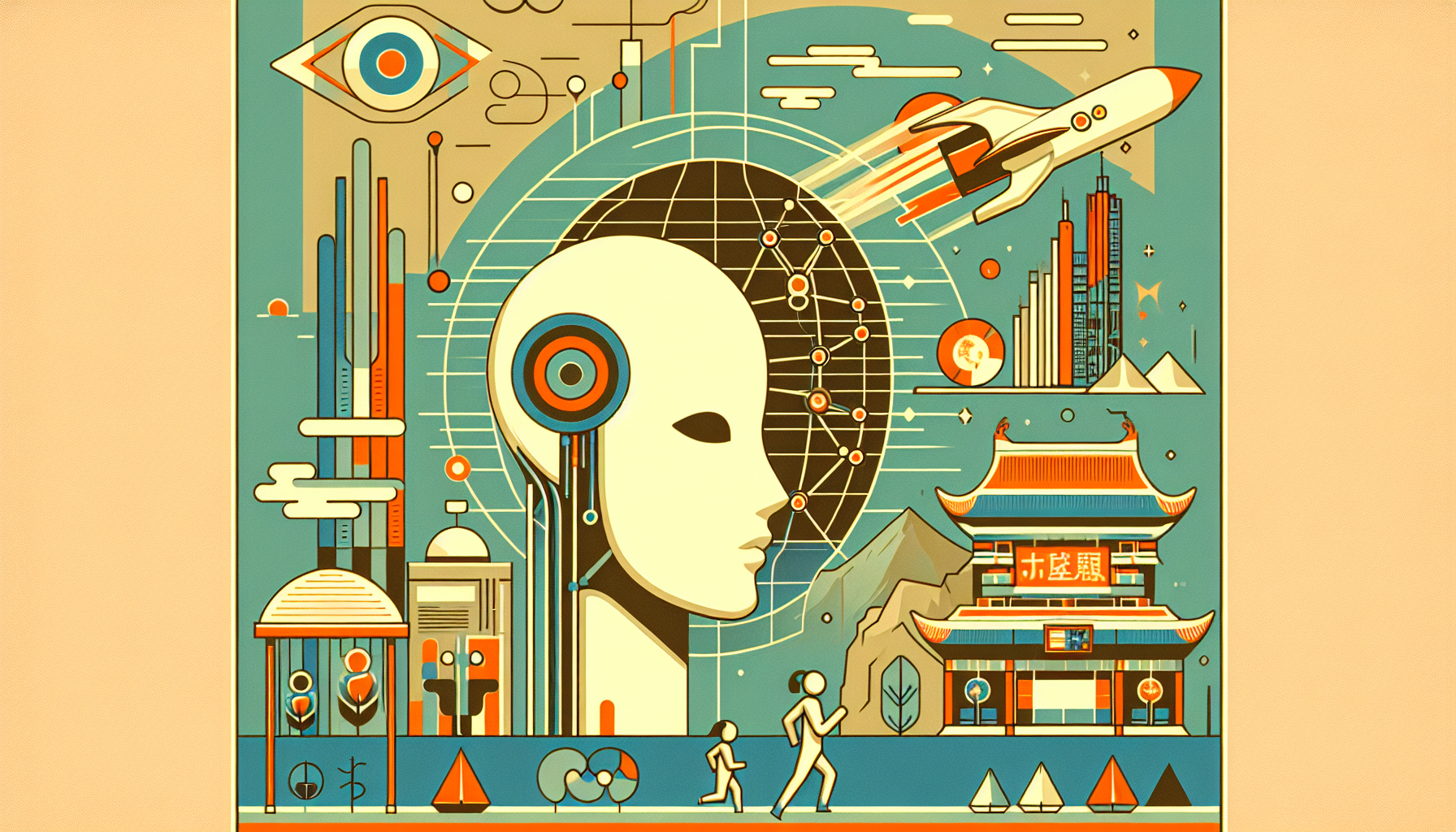On July 13, 2025, Moonshot AI, a Chinese technology company, unveiled Kimi K2—an artificial intelligence model of unprecedented scale and ambition. This open-source release marks a defining moment not just for China’s growing AI sector, but for the world’s journey into the next era of intelligent machines.
The Architecture of Intelligence
Kimi K2 is made up of one trillion parameters, making it the largest AI language model ever created in China. Its design uses a system called mixture-of-experts (MoE), in which multiple specialized sub-networks or “experts” each handle specific parts of a task. But only 32 billion of those trillion parameters are actively used at any given moment. This selective focus allows Kimi K2 to solve complex problems efficiently while keeping computing demands manageable.
Moonshot AI has made the model available in two forms:
- Kimi-K2-Base: A flexible version for researchers and developers who want to build and customize their own applications.
- Kimi-K2-Instruct: An instruction-tuned model, ready for immediate use in chat, writing, and other autonomous tasks.
What Can Kimi K2 Do?
Kimi K2 is designed for “agentic” tasks. This means it has the capacity to make decisions, solve problems, write code, and even take actions in the digital world—all with little to no human input. It has been tested across a variety of demanding benchmarks:
- On SWE-bench Verified, a key software engineering test, Kimi K2 scored 65.8% accuracy, showing strong skills in solving coding problems.
- In LiveCodeBench, it reached 53.7%—outperforming leading models like GPT-4.1 (44.7%) and DeepSeek-V3 (46.9%).
- Most strikingly, on the MATH-500 benchmark, which measures mathematical reasoning, Kimi K2 scored 97.4%, significantly ahead of other top models.
These results not only demonstrate Kimi K2’s technical capabilities but also its potential to transform how we use AI for real-world tasks.
Symbol of a New Era
Kimi K2’s arrival is much more than a technical achievement for Moonshot AI—it stands as a symbol of China’s ambition to become a global leader in artificial intelligence. By making the trillion-parameter model open-source, Moonshot AI encourages innovation and invites developers around the world to build on its foundation. This openness is unusual in China’s technology landscape, which has often leaned toward proprietary systems.
Behind this breakthrough lies the support of Chinese government policy. Strategic investments, research grants, and subsidies have fueled the development of models like Kimi K2. These efforts aim to strengthen China’s self-reliance in advanced technologies and reduce dependence on foreign-made AI systems.
Promise and Responsibility
The reaction among experts and developers has been overwhelmingly positive. Many see Kimi K2 as a turning point: its open design, remarkable problem-solving ability, and sheer scale could set new standards for innovation and cooperation within the global AI community.
Yet as with any leap forward, profound questions follow. The energy needed to train and operate trillion-parameter models is immense, leading to concerns about resource use and environmental impact. Kimi K2’s power to act autonomously also brings new risks—particularly in areas of security, defense, and oversight. As nations increasingly view AI as both an economic advantage and a matter of national strategy, the stakes have never been higher.
A Defining Moment
The release of Kimi K2 marks more than a technical milestone; it is a signal of how rapidly the world of artificial intelligence is changing. Thanks to Moonshot AI’s bold approach, developers now have access to a cutting-edge tool whose capabilities were once only available behind closed doors.
As the use of agentic, open-source AI models spreads, we will see new forms of collaboration, competition, and creativity—shaping everything from research to daily work and even the balance of global power. The story of Kimi K2 is just beginning, but its impact is already being felt across science, industry, and society around the world.

Leave a Reply